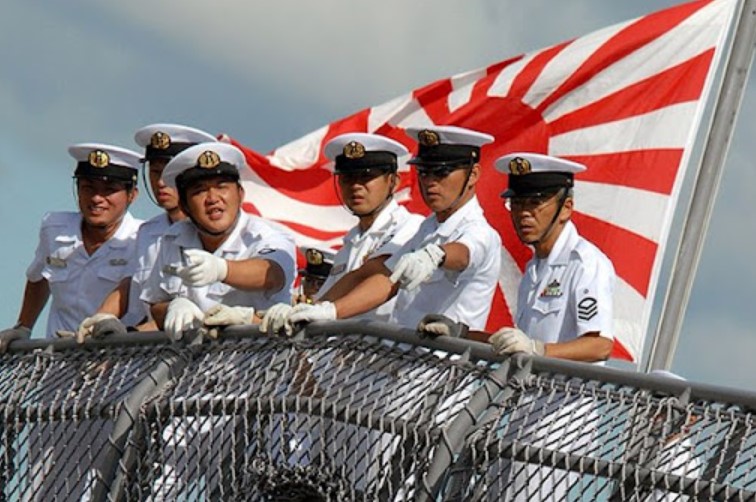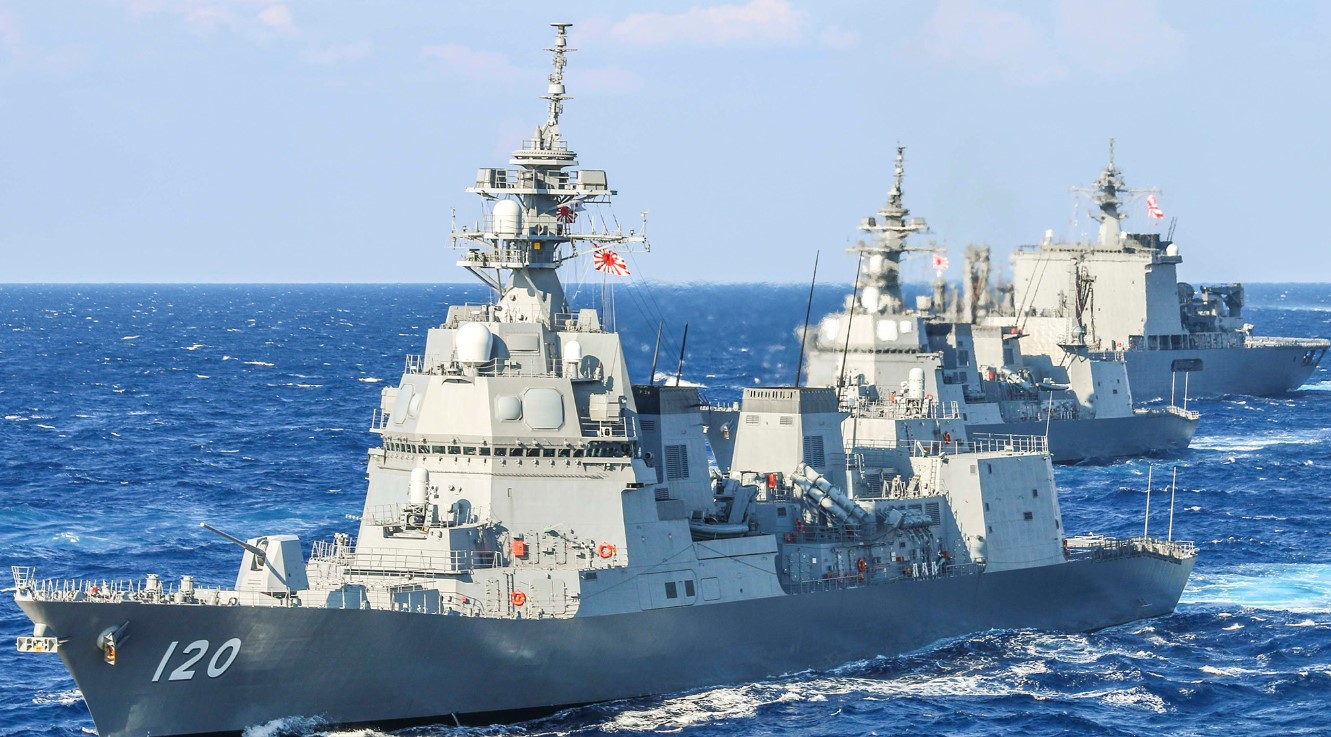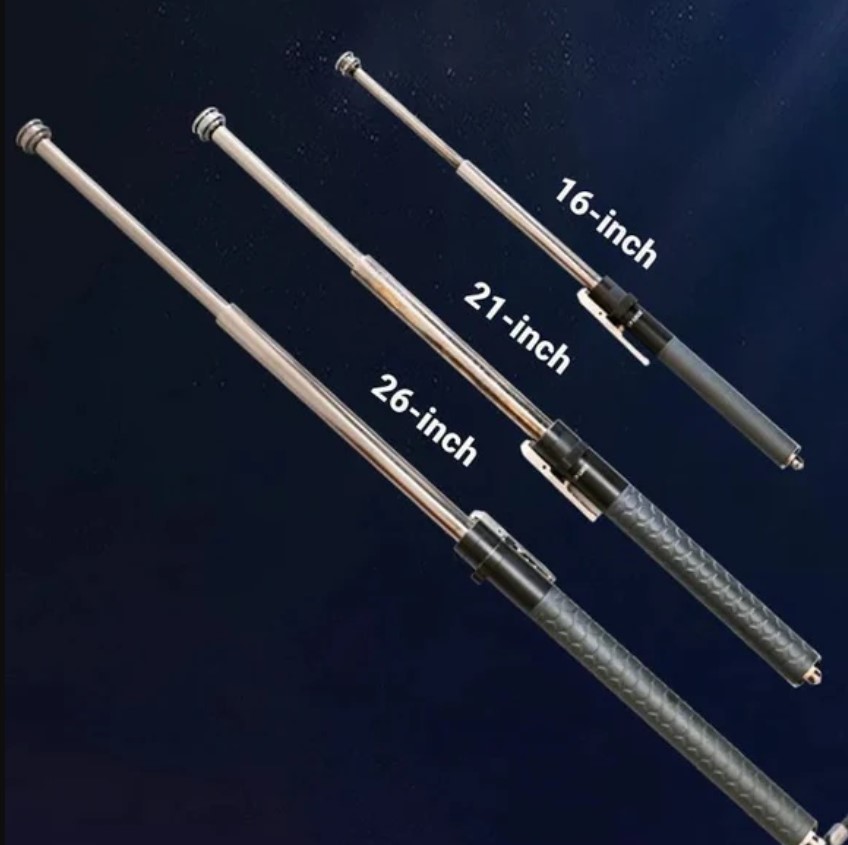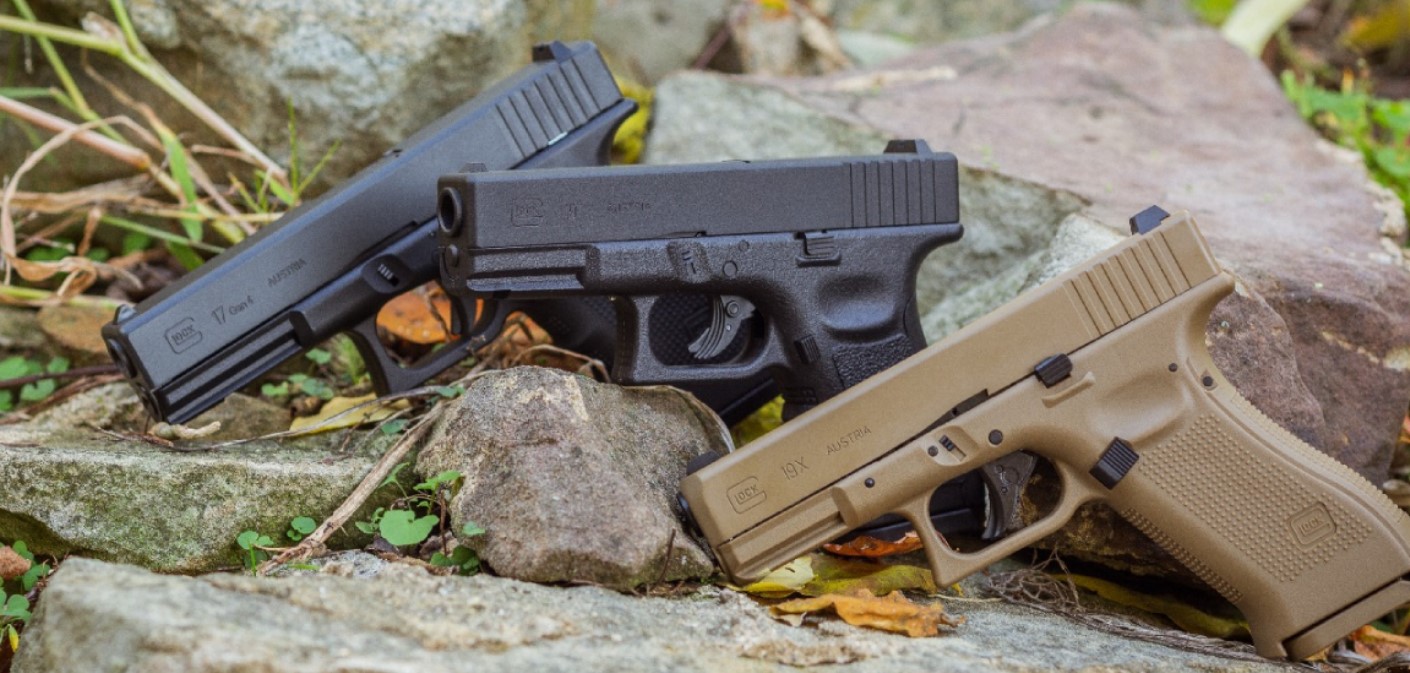The Japan Maritime Self Defense Force, abbreviated as JMSDF, also known as the Japanese Navy, is a post-war naval power, the maritime unit of the Japan Self-Defense Force (JSDF). Established in 1954 after World War II, the JMSDF plays an important role in protecting Japan’s territorial waters and ensuring the security of the country’s sea routes. To understand more about this, let’s find out in more detail with The Self Defense Tool!
An overview of the Japan Maritime Self-Defense Force

History and development: Japanese maritime self-defense force
After the Imperial Japanese Navy was dissolved following the war, Japan’s pacifist constitution initially prohibited the establishment of a military. However, the outbreak of the Korean War in 1950 and subsequent Cold War tensions prompted Japan to establish a self-defense force. The Self-Defense Forces Act of 1954 officially established the JMSDF, initially equipped with ships transferred from the United States Navy.
Over the decades, the JMSDF has undergone significant modernization, becoming a technologically advanced and well-equipped force. Today, the country boasts a fleet of frigates, frigates, submarines, patrol boats and support vessels. The JMSDF actively participates in international exercises and disaster relief activities, promoting cooperation with other countries.
Roles and responsibilities: Maritime self defense force
The JMSDF’s main mission is to protect Japan’s territorial integrity and exclusive economic zone (EEZ). This includes:
- Maritime security: Japan depends heavily on maritime trade for its economy. The JMSDF protects critical shipping routes from potential threats, ensuring the uninterrupted flow of goods.
- Maritime Patrols: The JMSDF conducts regular patrols to monitor Japan’s territorial waters and prevent illegal activities such as smuggling and piracy.
- Minesweeping: This force plays an important role in clearing mines from Japanese waters, ensuring the safety of commercial and military ships.
- Disaster relief: The JMSDF is a key component of Japan’s disaster response strategy. Its ships and personnel are often deployed to provide humanitarian assistance and rescue operations during natural disasters such as earthquakes and tsunamis.
Structure and leadership
The JMSDF is led by the Chief of Staff of the Maritime Self-Defense Force, who reports to the Chief of Staff, Joint Staff of the JSDF. The operational command falls under the authority of the Commander-in-Chief of the Self-Defense Fleet, overseeing various fleets and squadrons spread across Japan.
International cooperation: Japanese maritime self defense force ships
The JMSDF actively cooperates with other navies around the world. It participates in joint exercises to improve interoperability and regional security cooperation. The JMSDF also maintains close ties with the United States Navy through numerous bilateral agreements and joint patrols.
>>> Click Is Kyokushin Karate Good For Self Defence?
Prospects for the future
The JMSDF faces a dynamic security environment in East Asia. As regional tensions increase, the force will likely adapt and enhance its capabilities. Areas of focus may include:
- Ballistic Missile Defense: The potential ballistic missile threat from North Korea requires continued development of missile defense systems.
- Cybersecurity: The growing importance of cyberwarfare requires robust measures to protect critical maritime infrastructure.
- Unmanned systems: Integrating drones and other unmanned vehicles can improve the JMSDF’s surveillance and intelligence gathering capabilities.
The JMSDF has transformed from a force established after the war into a modern and professional navy. As Japan tackles the complex problems of the 21st century, the JMSDF will certainly play an important role in protecting the nation’s maritime interests and contributing to regional stability.
The Japan Maritime Self-Defense Force (JMSDF): Ships and Fleet
The Japan Maritime Self-Defense Force (JMSDF), also known as the Japanese Navy, is the maritime arm of the Japan Self-Defense Forces (JSDF). Established in 1954 after World War II, the JMSDF plays a crucial role in safeguarding Japan’s territorial waters and ensuring the security of its sea lanes.

Japan maritime self-defense force fleet:
As of 2022, the JMSDF operates a total of 155 vessels (including minor auxiliary vessels), encompassing a range of ship classes:
- Destroyers: Forming the backbone of the JMSDF fleet, destroyers are multi-purpose warships equipped with missiles, torpedoes, and guns for anti-air, anti-surface, and anti-submarine warfare. These include the modern Asahi-class and Maya-class destroyers.
- Helicopter Destroyers (Helicopters Carriers): These large vessels provide a platform for helicopter operations, enhancing anti-submarine warfare (ASW) capabilities and utility in search-and-rescue missions. The Izumo-class are prime examples of helicopter destroyers.
- Submarines: The JMSDF possesses a fleet of attack submarines tasked with surveillance, anti-shipping operations, and intelligence gathering. The Taigei-class represents the latest generation of these underwater crafts.
- Frigates and Corvettes: These smaller warships are suited for patrolling territorial waters, escorting vital cargo ships, and engaging in anti-piracy operations. The Akizuki-class destroyers fall under this category.
- Patrol Vessels: Used for monitoring territorial waters, these ships play a vital role in maritime law enforcement and fisheries protection.
- Mine Countermeasure Vessels: Dedicated to sweeping mines from Japanese waters, these vessels ensure the safety of commercial and military vessels.
- Support Ships: The JMSDF also maintains a fleet of auxiliary ships, including tankers, replenishment vessels, and training ships, which provide logistical support to the operational fleet.
Japanese maritime self defence force flag – Continual Modernization:
The JMSDF is committed to maintaining a modern and technologically advanced fleet. This is achieved through ongoing research and development programs, along with the acquisition of new vessels to replace aging ones. The introduction of the Taigei-class submarines and Maya-class destroyers exemplifies this commitment to modernization.





